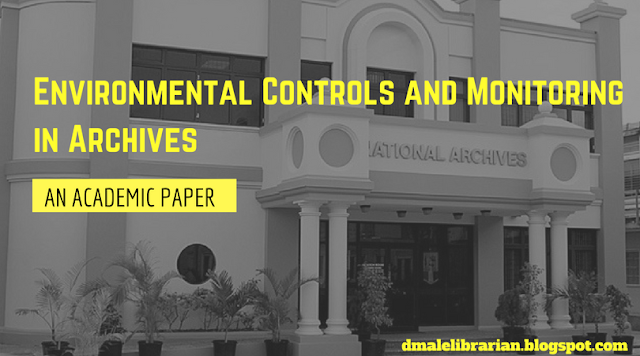XML(EXtensible Markup Language) Reading Notes
So we continue our descent into all the technical aspects of
website design from HTML to CSS. This week we are moving unto XML or extensible
Markup Language. It is a markup language but not like HTML. It is a language
for writing other markup languages. For instance, HTML controls the appearance of the
information you look at on the Web. However, XML may work with HTML by adding
tags that describe the data. People might not see these tags but they are
readable by computers. Tags like these exist on the web. Sometimes ‘crawlers,’
when collecting data for search engines, can read them.
Though the technical jargon in the readings is heavy, here is some
of what I understood from them:
- XML is a very flexible application in the way it adapts to various situations and its range of uses.
Certainly, I have a lot of questions on XML and how to go about it. Reading about its many elements and functions is one thing. Actually learning about it is another. I did not quite get from the readings exactly why various components such as XML Catalogs and Base are used. What situations warrant a need for them?
References
http://xml.coverpages.org/BergholzTutorial.pdf
http://www.ibm.com/developerworks/xml/library/x-stand1/index.html
https://burks.bton.ac.uk/burks/internet/web/xmlintro.htm


Comments